
Role of Cybersecurity in Online Banking
06 Jan 2025
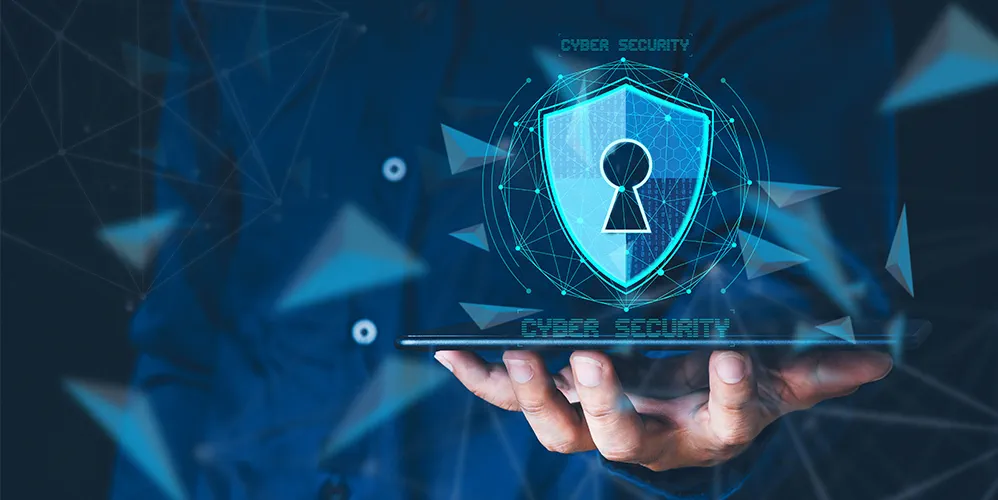
Table of Content
-
Introduction
-
What Is Cybersecurity in Banking?
-
Why Cybersecurity Is Crucial in Online Banking
-
Key Cybersecurity Measures for Banks
-
Best Practices for Customers to Ensure Safe Online Banking
-
The Road Ahead: Cybersecurity in the Future of Banking
-
Conclusion: Building a Resilient Digital Banking Ecosystem
Introduction
In the digital age, online banking has revolutionized financial management, offering convenience and efficiency. However, the rapid expansion of digital banking also brings an increased risk of cyber threats. Cybersecurity has become a cornerstone in safeguarding sensitive financial data, ensuring the trust and safety of both banks and their customers.
What Is Cybersecurity in Banking?
Cybersecurity in banking encompasses the strategies, measures, and technologies designed to protect financial institutions, their systems, and customers from cyber threats. These threats include phishing attacks, malware, ransomware, identity theft, and more. By implementing robust security frameworks, banks aim to protect sensitive data, prevent financial losses, and maintain operational continuity and customer confidence.
Why Cybersecurity Is Crucial in Online Banking
The significance of cybersecurity in online banking cannot be overstated. Here’s why it is indispensable:
1. Protecting Sensitive Data
Financial institutions handle vast amounts of sensitive customer data, such as personal details, account information, and transaction records. Cybersecurity measures ensure this information remains secure and inaccessible to unauthorized entities.
2. Preventing Financial Loss
Cyberattacks, such as unauthorized transactions and data breaches, can result in significant financial losses for both banks and customers. A robust cybersecurity infrastructure mitigates these risks effectively.
3. Maintaining Customer Trust
In the digital landscape, customer trust hinges on the bank’s ability to secure their financial data. Strong cybersecurity fosters confidence, enhancing customer loyalty and satisfaction.
Also Read: How to Address Digital Banking Risk
4. Ensuring Regulatory Compliance
Financial institutions must comply with strict data protection regulations, such as GDPR or RBI guidelines. Effective cybersecurity systems ensure adherence to these legal requirements, avoiding penalties and reputational damage.
5. Preventing Operational Disruption s
Cyberattacks can disrupt banking operations, leading to customer inconvenience and reputational harm. A resilient cybersecurity strategy ensures seamless service delivery.
Key Cybersecurity Measures for Banks
To combat evolving cyber threats, banks must adopt advanced security measures, including:
1. Multi-Factor Authentication (MFA) :
Incorporating multiple verification steps, such as passwords and one-time passwords (OTPs), enhances account security.
2. Encryption :
Encrypting data ensures that intercepted information remains inaccessible without the appropriate decryption keys.
3. Regular Security Audits :
Periodic assessments help identify vulnerabilities and implement corrective measures proactively.
4. AI-Based Fraud Detection :
Artificial intelligence enables real-time monitoring of transactions, identifying suspicious activities to prevent fraud.
5. Secure Payment Gateways :
Meeting stringent security standards for online payment systems protects customers during digital transactions.
6. Employee Training :
Educating employees about cybersecurity threats minimizes insider risks and enhances overall system security.
Best Practices for Customers to Ensure Safe Online Banking
Customers also play a critical role in enhancing cybersecurity. Here are some actionable tips:
1. Use Strong Passwords :
Create unique, complex passwords and update them regularly. Avoid reusing passwords across platforms.
2. Beware of Phishing Scams :
Refrain from clicking on suspicious links or sharing sensitive information via email, phone, or text.
3. Enable Two-Factor Authentication :
Add an extra layer of security for all online banking activities.
4. Monitor Transactions :
Regularly review account activity for unauthorized transactions or suspicious patterns.
5. Keep Software Updated :
Ensure your devices and banking applications are running the latest security patches.
6. Avoid Public Wi-Fi :
Never access banking services over unsecured networks to prevent potential breaches.
The Road Ahead: Cybersecurity in the Future of Banking
The future of cybersecurity in banking is poised for transformative advancements. Financial institutions are leveraging artificial intelligence and machine learning to predict and prevent cyber threats in real time. Blockchain technology is gaining traction, offering a secure, tamper-proof framework for financial transactions.
Also Read: What is Tokenisation and How Does It Work?
Conclusion: Building a Resilient Digital Banking Ecosystem
Cybersecurity is more than a technical requirement—it is the foundation of trust in online banking. By integrating advanced security measures and educating customers about safe practices, banks can provide a secure and seamless digital experience.
For customers, vigilance and adherence to secure banking practices are equally essential. Together, these efforts contribute to a robust ecosystem, ensuring financial data and transactions remain secure against ever-evolving cyber threats.
Stay vigilant. Stay secure.
Popular Articles
Tag Clouds
Related Articles
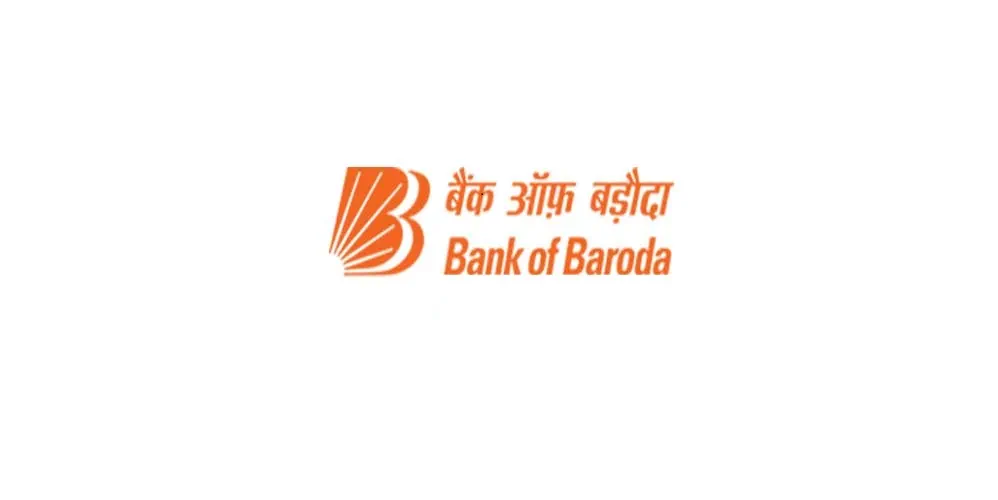

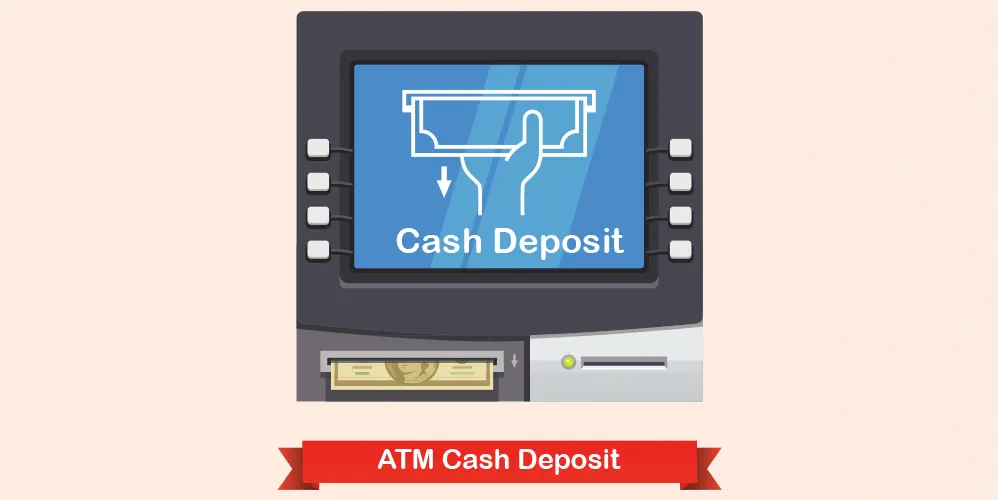
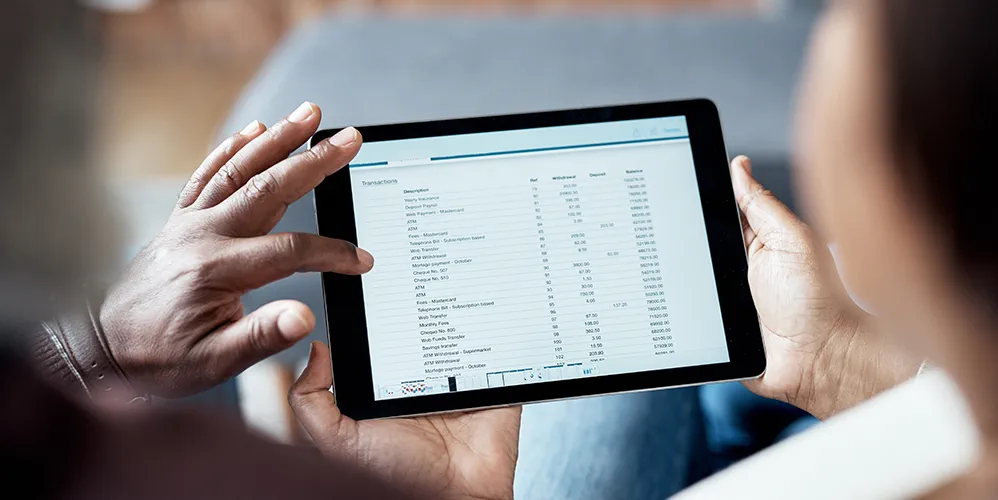





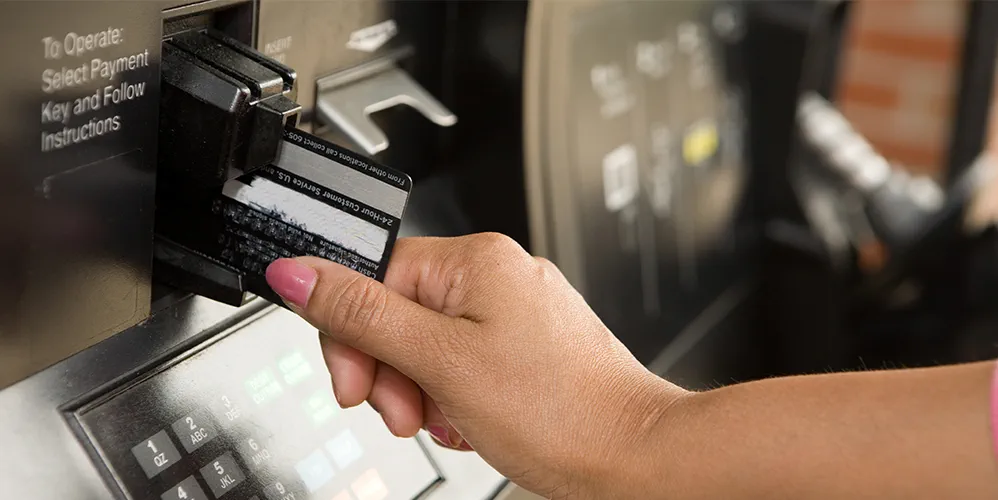
-
Disclaimer
The contents of this article/infographic/picture/video are meant solely for information purposes and do not necessarily reflect the views of Bank of Baroda. The contents are generic in nature and for informational purposes only. It is not a substitute for specific advice in your own circumstances. Bank of Baroda and/ or its Affiliates and its subsidiaries make no representation as to the accuracy; completeness or reliability of any information contained herein or otherwise provided and hereby disclaim any liability with regard to the same. The information is subject to updation, completion, revision, verification and amendment and the same may change materially. The information is not intended for distribution or use by any person in any jurisdiction where such distribution or use would be contrary to law or regulation or would subject Bank of Baroda or its affiliates to any licensing or registration requirements. Bank of Baroda shall not be responsible for any direct/indirect loss or liability incurred by the reader for taking any financial decisions based on the contents and information mentioned. Please consult your financial advisor before making any financial decision.
Unblock Your ATM Card in a Few Simple Steps
In today's digital age, ATM cards are essential for managing finances. They provide convenient access to your money, allowing you to withdraw cash, make purchases, and transfer funds seamlessly. However, there may be times when you find your ATM card blocked, leaving you unable to access your funds. In this blog, we will explore how to unblock your ATM card quickly and easily, ensuring you can regain access to your money without unnecessary hassle.
What is a Cash Deposit Machine (CDM)?
In today’s fast-paced world, banking technology has evolved to offer convenience at our fingertips. One such innovation is the Cash Deposit Machine (CDM), a device that allows customers to deposit cash directly into their bank accounts without the need to visit a bank teller. This guide explores what a Cash Deposit Machine is, how it works, and the benefits it offers to users.

